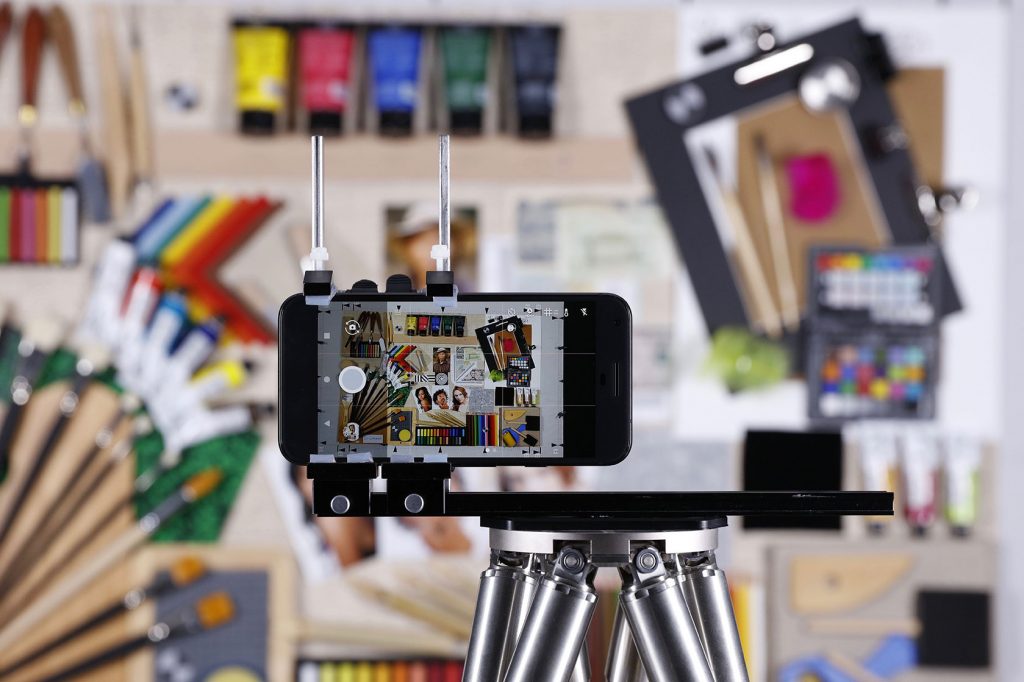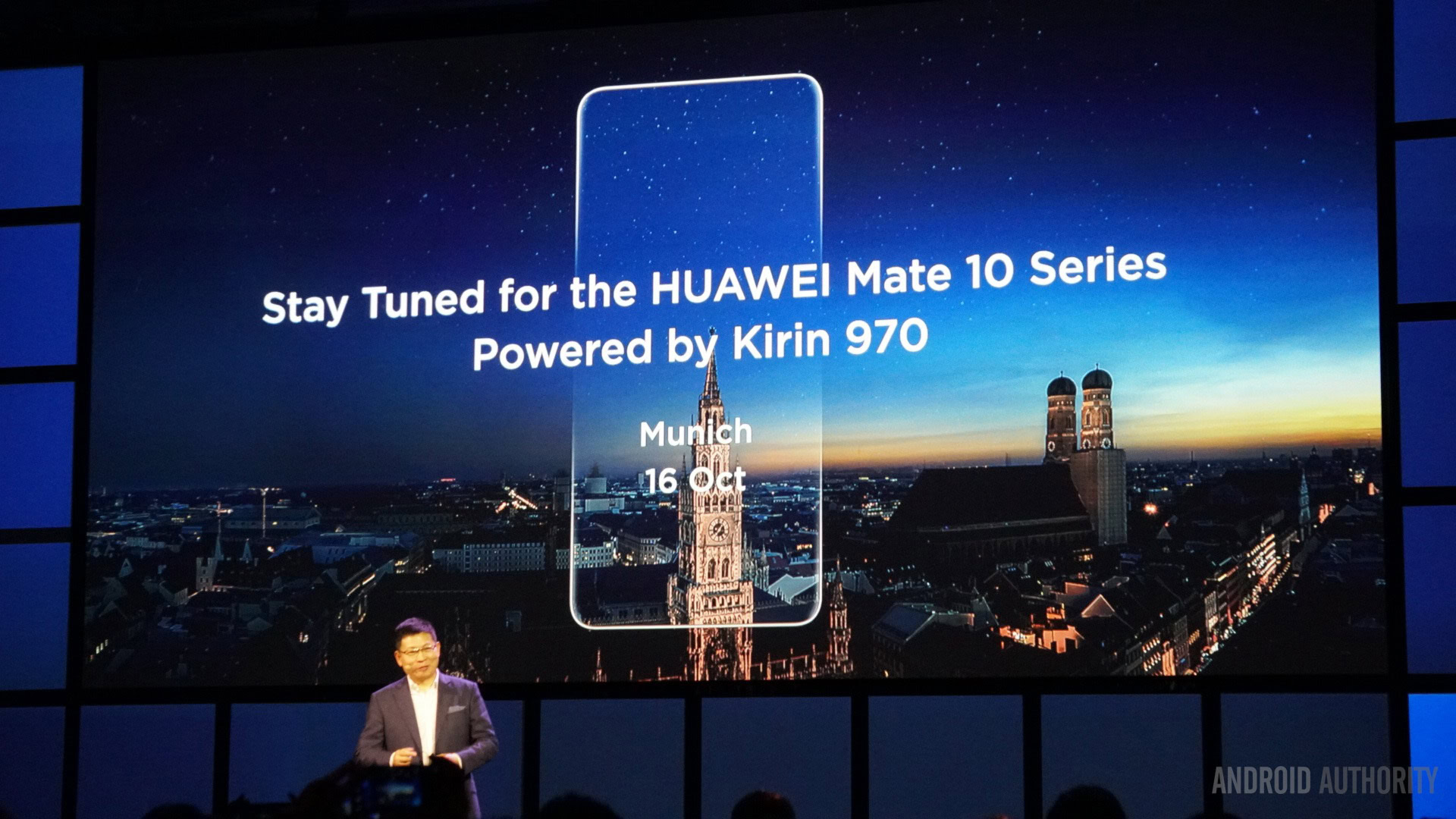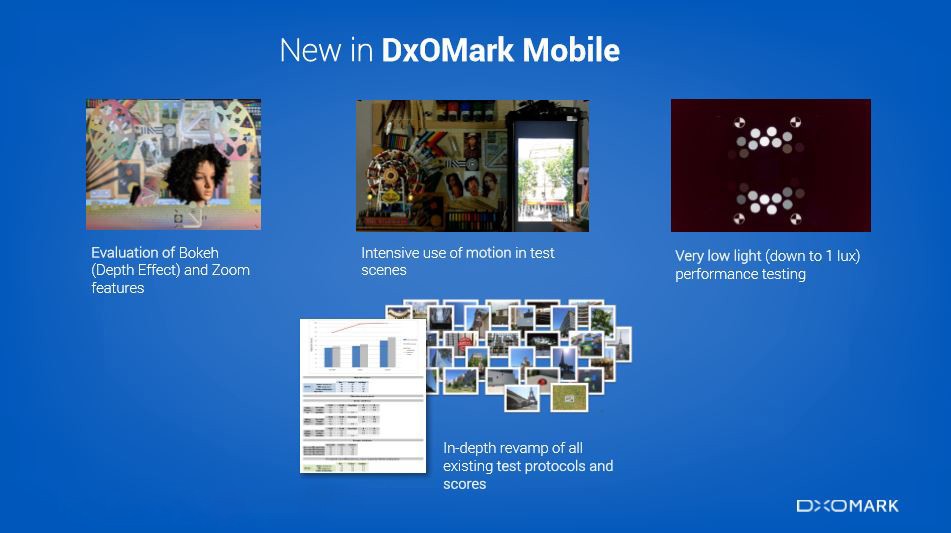Affiliate links on Android Authority may earn us a commission. Learn more.
DxOMark changes testing protocol due to various camera improvements
Published onSeptember 12, 2017

DxOMark started testing smartphone cameras way back in 2012. Since then, a lot has changed when it comes to photography thanks to various new technologies like dual-camera setups that are becoming the new normal these days — especially on flagship smartphones. All these improvements have now brought DxOMark’s testing protocol to its limits, as the company notes on its website.
To change things for the better, the DxOMark testing protocol has been revamped to give us an even better idea of just how good — or bad — a camera of a certain smartphone really is. With the new testing protocol, DxO now captures and analyses more than 1,500 images as well as two hours of video with each device.

Additionally, the new DxOMark protocol now measures how effective the zoom feature and the popular bokeh effect are, how good the camera is at tracking moving objects, and how it performs in extreme low-light conditions.

The company has already published a few reviews under the new system, as it has decided to re-test a few phones that have already been reviewed with the older system. These include the HTC U11, which received the same score as the first time — 90 — and the Google Pixel, which was bumped up from 89 to 90, meaning it now shares the number one spot with its rival. Additionally, the firm also tested the iPhone 7 and 7 Plus for the first time and gave them a score of 85 and 88, placing the two smartphones right below the Pixel and U11 in terms of camera quality.
Of course, the list might change quite quickly, as a few of the recently announced devices including the Galaxy Note 8 and LG V30 haven’t been tested yet.
Do you have a habit of checking DxoMark ratings before buying a smartphone? Let us know by posting a comment down below.